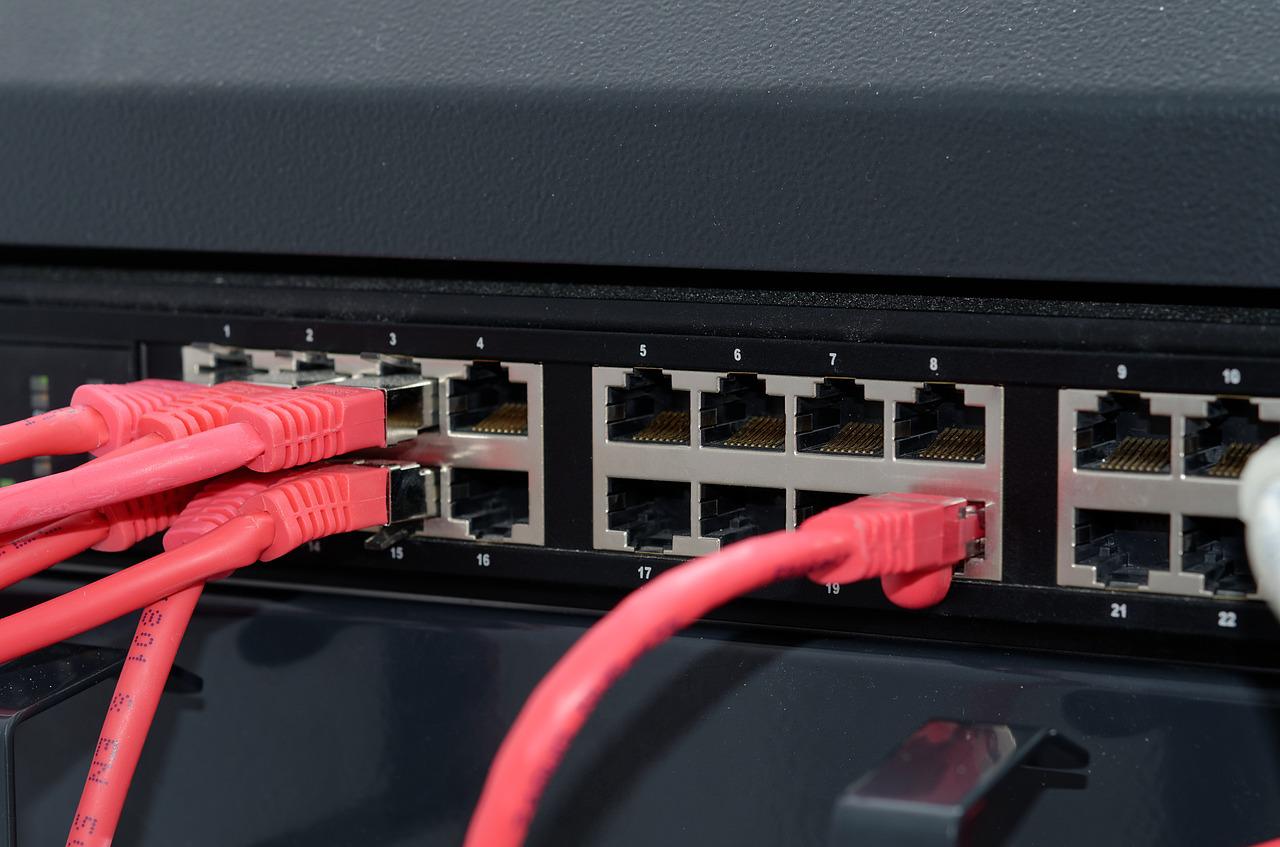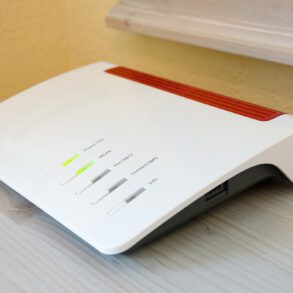A network switch is a small hardware device that centralizes communications among multiple connected devices within one local area network (LAN).
Standalone Ethernet switch devices were commonly used on home networks many years before home broadband routers became popular. Modern home routers integrate Ethernet switches directly into the unit as one of their core functions.
High-performance network switches are still widely used in corporate networks and data centers.
Note: Network switches are sometimes also referred to as switching hubs, Bridging hubs or MAC bridges.
Network Switch Technology
While switching capabilities exist for several kinds of networks including ATM, Fibre Channel, and Token Ring, Ethernet switches are the most common type.
Mainstream Ethernet switches like those inside broadband routers support Gigabit Ethernet speeds per individual link (switch port), but high-performance switches like those in data centers generally support 10 Gbps per link.
Different models of network switches support varying numbers of connected devices. Consumer-grade network switches provide either four or eight connection for Ethernet devices, while corporate switches typically support between 32 and 128 connections.
Switches can additionally be connected to each other, a so-called daisy-chaining method to add a progressively larger number of devices to a LAN.
Managed and Unmanaged Switches
Basic network switches like those used in consumer routers require no special configuration beyond plugging in cables and power.
Compared to these unmanaged switches, higher-end devices used on enterprise networks support a range of advanced features designed to be controlled by a professional administrator.
Popular features of managed switches include SNMP monitoring, link aggregation, and QoS support.
Traditionally managed switches are built to be controlled from Unix-style command line interfaces. A newer category of managed switches called smart switches, targeted at entry-level and mid-range enterprise networks, support web-based interfaces similar to a home router.
Network Switches vs. Hubs and Routers
A network switch physically resembles a network hub. Unlike hubs, however, network switches are capable of inspecting incoming messages as they are received and direct them to a specific communications port – a technology called packet switching.
A switch determines the source and destination addresses of each packet and forwards data only to the specific devices, while hubs transmit the packets to every port except the one that received the traffic. It works this way to conserve network bandwidth and generally improve performance compared to hubs.
Switches also resemble network routers. While routers and switches both centralize local device connections, only routers contain support for interfacing to outside networks (i.e. other local networks or the internet).
See What Is the Difference Between Routers, Switches, and Hubs?
for some more information on this.
Layer 3 Switches
Traditional network switches operate at Layer 2 (Data Link Layer) of the OSI model. So-called layer 3 switches that blend the internal hardware logic of switches and routers into a hybrid device also have been deployed on some enterprise networks.




